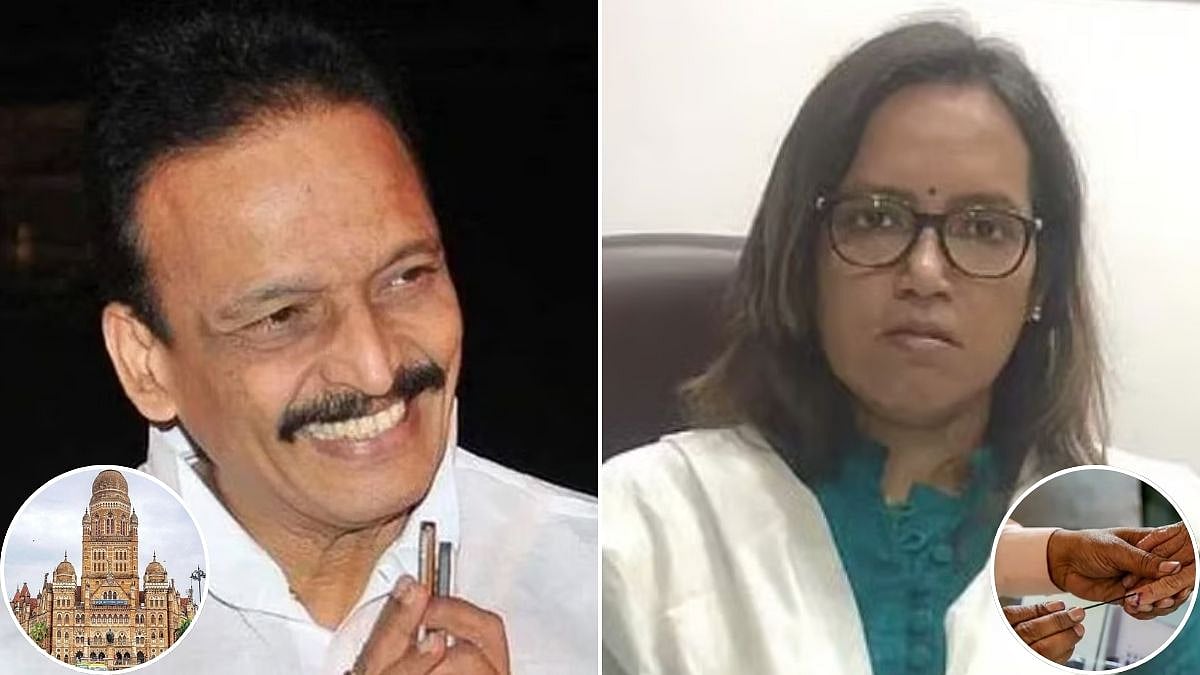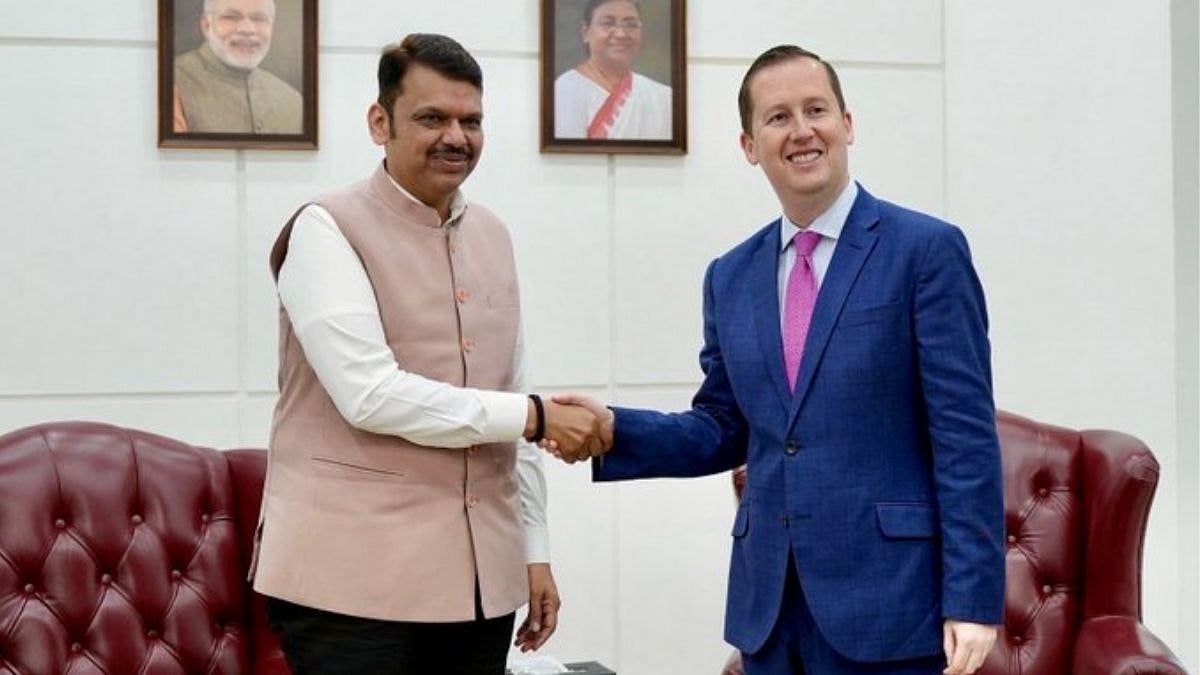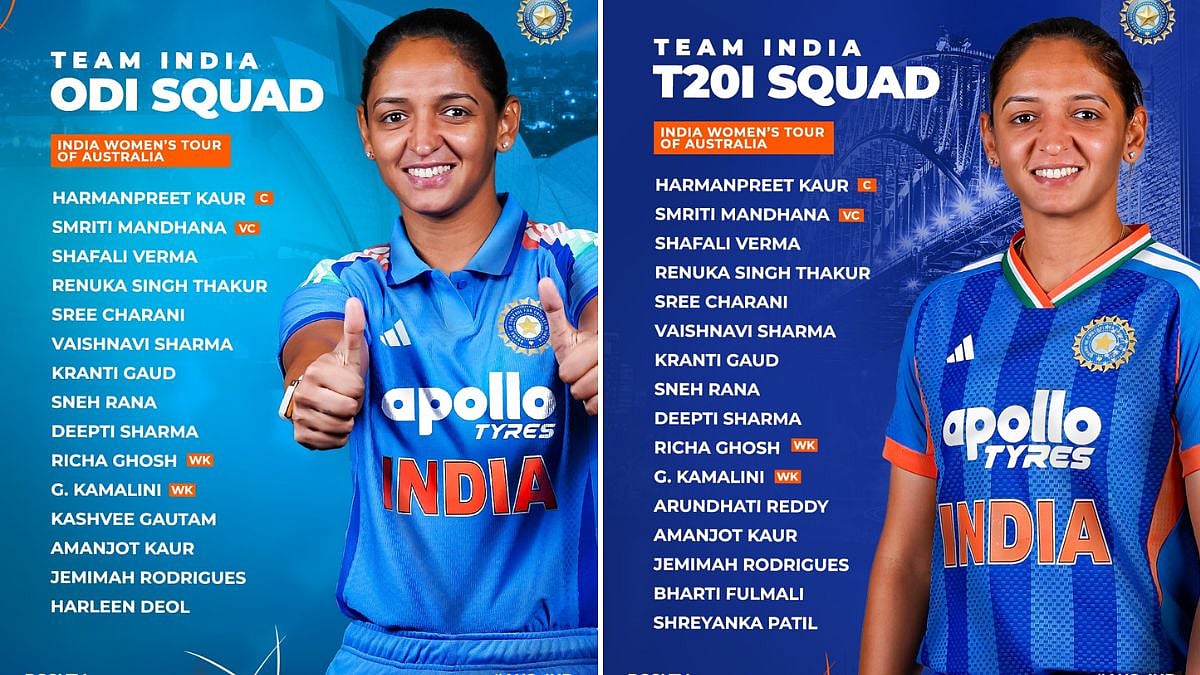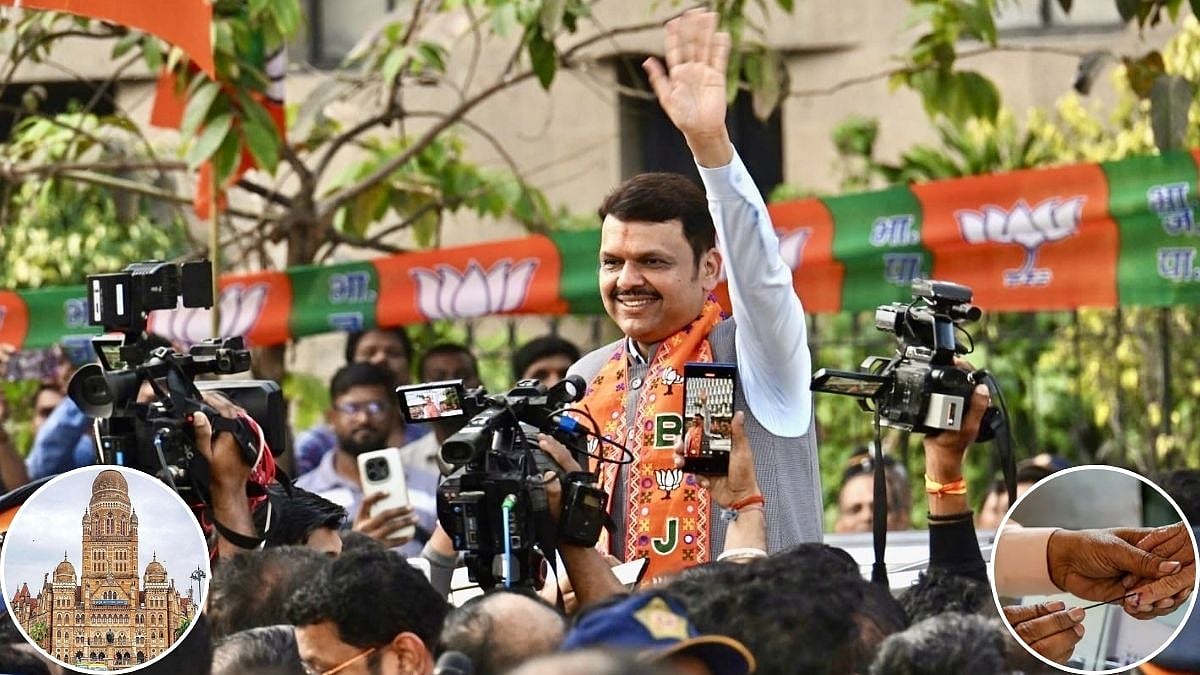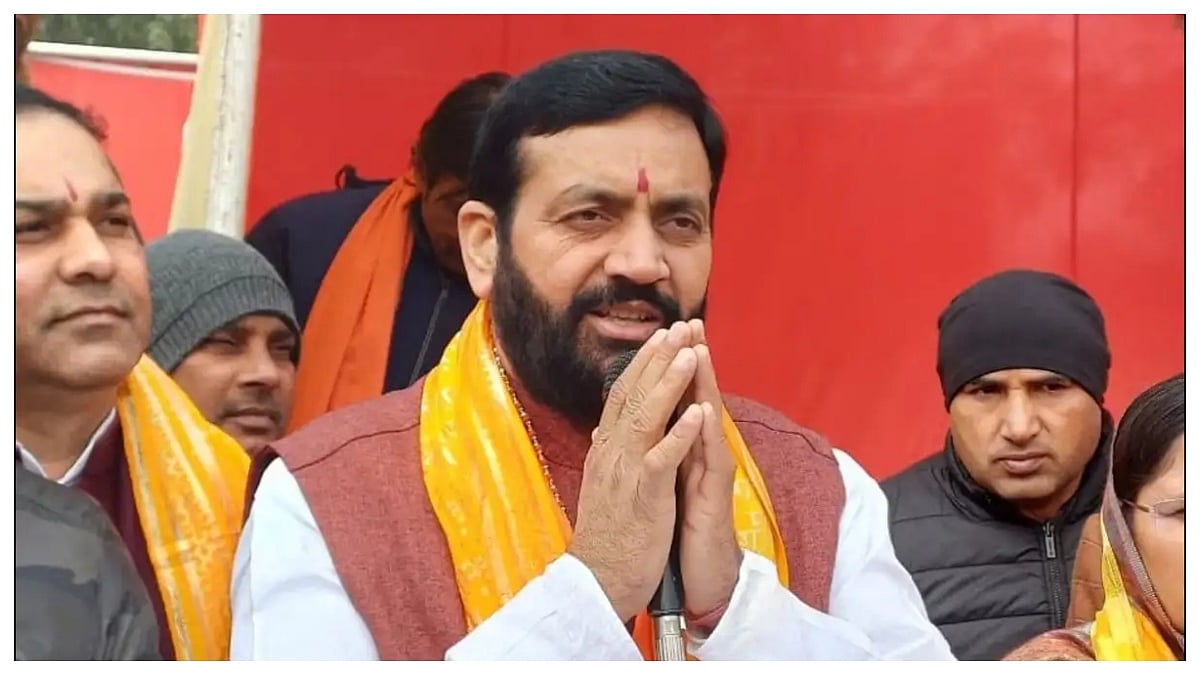Ram Mandir is again moving up in the news cycle. Its protagonists clearly find percentage in raising the heat further on the long simmering controversy in an election year. However, lament by the Congress leader, P Chidambaram, that the BJP every five years rakes it up does not absolve his party of blame for not resolving the explosive dispute when the time was ripe. Though, in some way or the other, the dispute goes back to the very time the Muslim invader Babur uprooted the Ram temple to build a mosque on the same site in the 16th century, its most recent eruption occurred in December 1949.
One fine morning, locals found idols of Ram Lalla in the disputed structure and they began to offer prayers there. Since then, no namaz has been offered there while Hindus, in monitored numbers, have regularly offered prayers in the make-shift temple. Why the then Congress governments at the Centre and in the State failed to take the initiative to settle the dispute underlines the party’s own duplicity. True to its character, it wanted to keep both the religious groups in its thrall, instead of settling the dispute and thus risking annoyance of one or the other.
It is this dispute which has come to haunt the nation, especially after the VHP and the BJP undertook to champion the cause of a Ram temple at the disputed site. That was in the late 80s. The demolition of the disputed structure in December 1992 lent another dimension to the dispute, with the courts dragged in to resolve what is essentially a matter of faith. The limited issue before the courts concerns the title of the land on which stands the disputed structure. After several decades, the Allahabad High Court gave its verdict in 2010, dividing the disputed 2.77 acre site three-ways.
A third was awarded to the Nirmohi Akhara, an Ayodhya-based party to the dispute, another third to the Ramlalla Virajman and the remainder third to the Sunni Central Waqf Board of UP. In other words, two-thirds of the disputed site was given for the Ram Mandir. Both sides were dissatisfied with the verdict and challenged it in the apex court which, unsurprisingly, has been sitting over it.
However, in recent months, the matter again assumed urgency with the court of the now retired chief justice Dipak Misra posting it for hearing on October 29. On Monday, a three-member bench headed by Chief Justice Ranjan Gogoi took up the matter but only to post it for further hearing in the first week of January. The selection of the bench in January was undecided as yet.
Despite pleas by the Solicitor General Tushar Mehta, appearing for the UP Government, to hear the matter soon after the Diwali vacation, the court posted it for the first week of the new year. The advocate representing Ramlalla Virajman, another party to the dispute, too pleaded for an early hearing but to no avail. In the meantime, some groups aligned with the Sangh Parivar have demanded that the Government issue an ordinance to allot the disputed land for the construction of a Ram temple in Ayodhya.
The demand should be rejected. One, it will be highly objectionable if the Government were to preempt the matter being heard by the Supreme Court through an ordinance. Two, such a move will ignite communal passions and trigger troubles all around. Whatever its own feelings in the matter, no government has the right to take sides in a religious dispute. It should maintain a neutral stand, leaving the court to pronounce on the rival claims on the disputed piece of land in Ayodhya.
Of course, there are electoral considerations behind the demand for an ordinance, but these should be resisted. Instead, if the government can catalyse a dialogue with all parties to the dispute to arrive at a mutually agreed end to this long festering dispute it should be most welcome.
All said and done, the courts are not the right forum to adjudicate on matters impinging on the peoples’ faith. And whether one likes it or not, it is in effect not a title dispute over a piece of land, though it is being reduced to that for the purpose of providing it a legal façade. It is essentially a bone of contention between the majority and the largest minority community — indeed, a grudge match. Only a dialogue between disputants can result in a peaceful resolution. All else is escapism.


